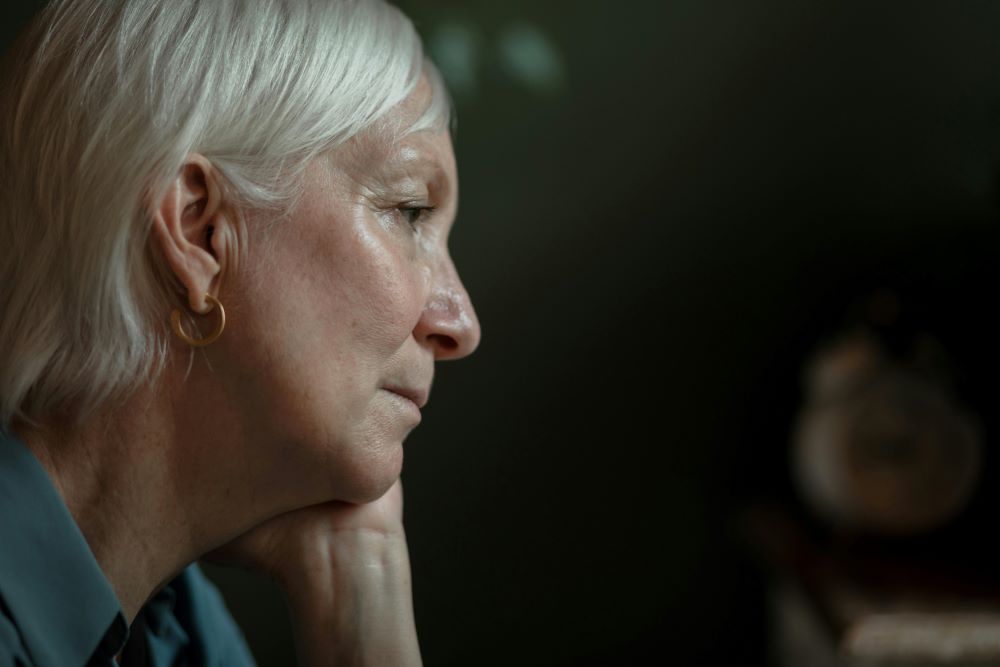New research finds physical weakness can be a warning sign for cognitive decline.
Researchers have found that frailty may serve as an early indicator of dementia risk, with evidence suggesting that becoming frailer with age may precede dementia onset by several years, allowing individuals who are experiencing this symptom to take action early to prevent cognitive decline. The study, published in JAMA Neurology, used data from large cohort studies in both the U.S. and U.K. to explore this connection.
Frailty, often characterized by a decline in physical health due to a buildup of deficits across various bodily systems, has long been considered a marker for aging. While age-related brain changes contribute to dementia, understanding markers that might predict dementia’s onset could open new avenues for prevention and intervention, and frailty appears to be one such marker.
Previous research has suggested that frailty and dementia are closely linked, with individuals who show more physical weaknesses with age also showing a higher risk of experiencing a decline in brain health. However, the exact nature of this relationship and whether frailty could serve as an early indicator for dementia had not been fully understood until now.
Researcher examined data from four major cohort studies: the English Longitudinal Study of Ageing (ELSA), the Rush Memory and Aging Project (MAP), the Health and Retirement Study (HRS), and the National Alzheimer’s Coordinating Center (NACC). They selected participants who were free of cognitive impairments at the study’s start and followed them over several years to track both frailty progression and the eventual development of dementia. The participants’ frailty was assessed using a frailty index, which takes into account various health deficits like weakness, poor nutrition, and low physical activity.

The study found that frailty levels rose significantly in the four to nine years leading up to dementia diagnoses, solidifying it as an early indicator. Even when frailty was measured several years before a dementia diagnosis, participants who later developed dementia had notably higher frailty scores than those who did not. This pattern held across all study cohorts, confirming the idea that frailty increases before dementia manifests, even when considering variables like age, sex, or education. Women were generally found to have higher frailty scores than men in the years leading up to dementia, which aligns with other research showing that women tend to experience dementia at higher rates than men.
The team also examined how frailty interacted with dementia diagnoses once they were given and found that higher frailty scores were linked to a higher risk of dementia in all the cohorts, though the strength of the association varied between studies. The NACC cohort had the strongest link between frailty and dementia, while the HRS showed a weaker connection.
The study’s findings have significant implications for early detection and prevention of dementia. Since frailty often develops years before dementia is formally diagnosed, monitoring for the onset of frailty in older adults could help identify individuals at high risk for cognitive decline, ultimately allowing for earlier interventions to preserve brain health such as making lifestyle changes or introducing targeted therapies. Keeping an eye out for physical changes can help patients work closely with their medical teams to determine what next steps can be taken to ensure healthier long-term outcomes.
Sources:
Frailty may predict dementia risk years before onset, study finds


Join the conversation!